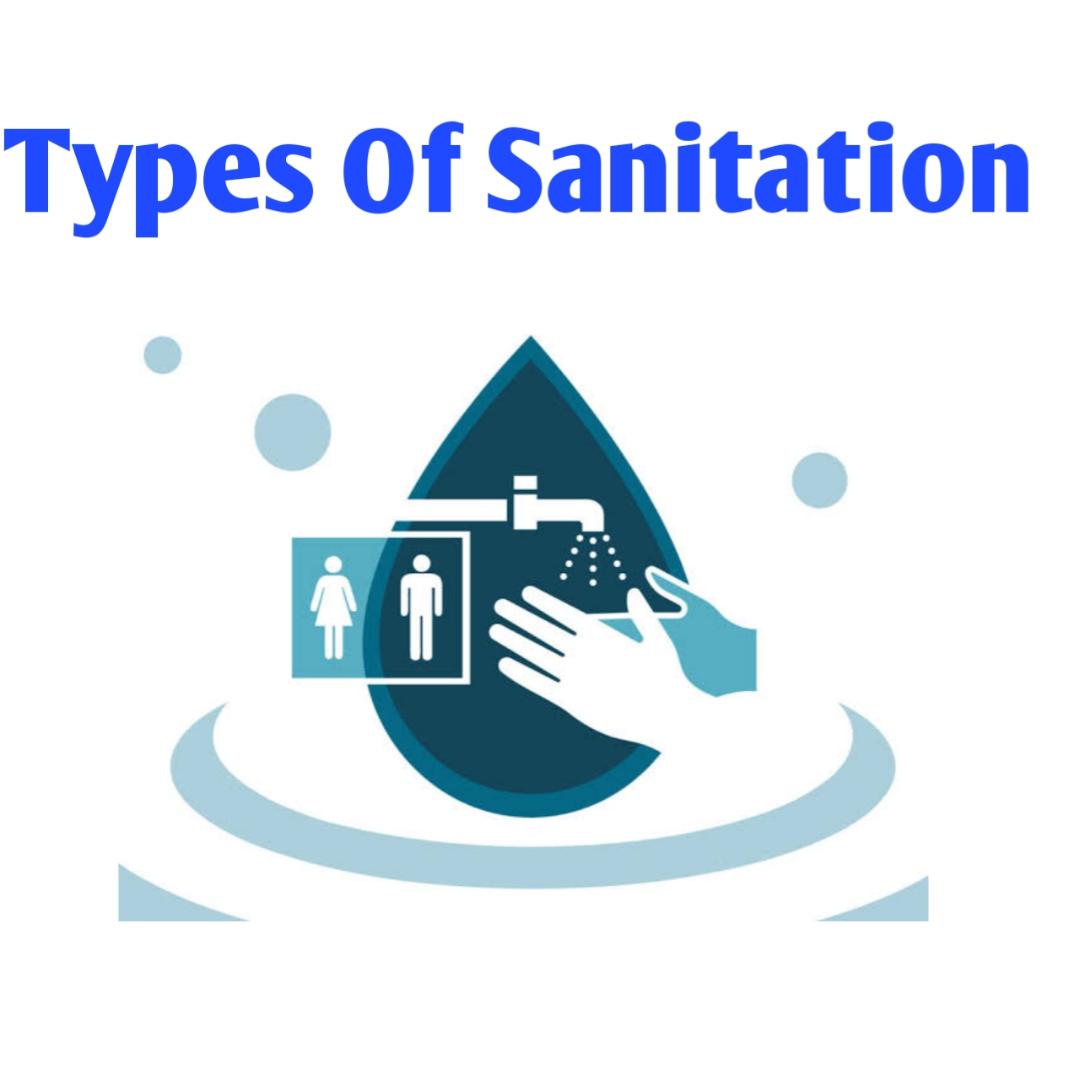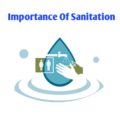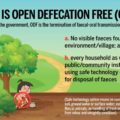The World health Organization defines sanitation as the provision of facilities and services for the safe management of human excreta from the toilet to containment and storage and treatment onsite or conveyance, treatment and eventual safe end use or disposal. More broadly, sanitation also includes the safe management of solid waste and animal waste.
Types Of Sanitation
Basic sanitation
In 2017, JMP defined a new term: “basic sanitation service“. This is defined as the use of improved sanitation facilities that are not shared with other households. A lower level of service is now called “limited sanitation service” which refers to use of improved sanitation facilities that are shared between two or more households.
Container-based sanitation
Container-based sanitation (CBS) refers to a sanitation system where human excreta is collected in sealable, removable containers (or cartridges) that are transported to treatment facilities. Container-based sanitation is usually provided as a service involving provision of certain types of portable toilets, and collection of excreta at a cost borne by the users. With suitable development, support and functioning partnerships, CBS can be used to provide low-income urban populations with safe collection, transport and treatment of excrement at a lower cost than installing and maintaining sewers. In most cases, CBS is based on the use of urine-diverting dry toilets.
Community-led total sanitation
Community-Led Total Sanitation (CLTS) is an approach to achieve behavior change in mainly rural people by a process of “triggering”, leading to spontaneous and long-term abandonment of open defecation practices. CLTS takes an approach to rural sanitation that works without hardware subsidies and that facilitates communities to recognize the problem of open defecation and take collective action to clean up and become “open defecation free”.
Dry sanitation
The term “dry sanitation” is not in widespread use and is not very well defined. It usually refers to a system that uses a type of dry toilet and no sewers to transport excreta. Often when people speak of “dry sanitation” they mean a sanitation system that uses urine-diverting dry toilet (UDDTs).
Ecological sanitation
Ecological sanitation, which is commonly abbreviated to ecosan, is an approach, rather than a technology or a device which is characterized by a desire to “close the loop” (mainly for the nutrients and organic matter) between sanitation and agriculture in a safe manner. Put in other words: “Ecosan systems safely recycle excreta resources (plant nutrients and organic matter) to crop production in such a way that the use of non-renewable resources is minimised”. When properly designed and operated, ecosan systems provide a hygienically safe, economical, and closed-loop system to convert human excreta into nutrients to be returned to the soil, and water to be returned to the land. Ecosan is also called resource-oriented sanitation.
Emergency sanitation
Emergency sanitation is required in situations including natural disasters and relief for refugees and Internally Displaced Persons (IDPs). There are three phases: Immediate, short term and long term. In the immediate phase, the focus is on managing open defecation, and toilet technologies might include very basic latrines, pit latrines, bucket toilets, container-based toilets, chemical toilets. The short term phase might also involve technologies such as urine-diverting dry toilets, septic tanks, decentralized wastewater systems. Providing hand washing facilities and management of fecal sludge are also part of emergency sanitation. The Sphere Project handbook provides protection principles and core standards for sanitation to put in place after a disaster or conflict.
Environmental sanitation
Environmental sanitation encompasses the control of environmental factors that are connected to disease transmission. Subsets of this category are solid waste management, water and wastewater treatment, industrial waste treatment and noise pollution control.
Objectives Of Sanitation
The importance of sanitation cannot be overemphasized considering its far reaching impact on health and well being. Sanitation has two major objectives this include:
- Protect and promote health
- Keeping disease carrying waste and insects away from people, toilets and homes
- Break the spread of diseases
- Prevent spreading of waterborne diseases
- Improve the health and quality of life
- Protect the environment against pollution
- Keeping disease carrying waste and insects away from the environment
- Prevent environmental pollution (air, soil and emission)
- Prevent contamination of water resources (surface and ground water)
SEE: WATER POLLUTION





